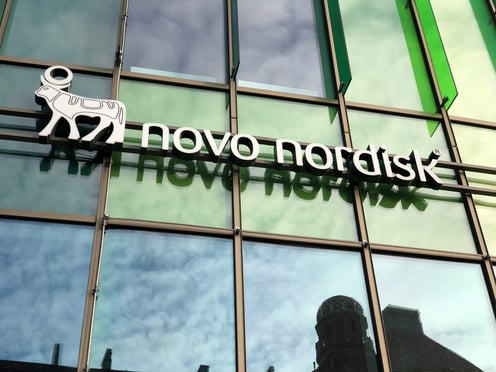As we head into 2018, large employers are bracing for a 5 percent rise in the cost of providing employee health care benefits, according to the latest National Business Group on Health survey. In a world where health care costs seem to only go in one direction, that may not be a surprise. Yet, new data and insights related to employee health are enabling employers to craft novel strategies to bend, or at least stay on top of, the cost trend. Here are five things we learned in 2017 that can help employers turn the cost challenge into an opportunity to better manage expenses in 2018 and beyond.
1. High-cost claimants are the key
In late 2016, the American Health Policy Institute analyzed claims data from 26 large employers and found that the average high-cost claim has a price tag of $122,382 per year, or 29.3 times as much as the average member claim. Though they represent just 1.2 percent of all members, high-cost claimants make up 31 percent of total health care spending for the surveyed employers. Cancer treatments, heart disease, live birth/perinatal conditions, and blood infections are among the costliest claims, the report says, adding that 53 percent of those costs represent chronic conditions, while 47 percent cover acute conditions.
Complete your profile to continue reading and get FREE access to BenefitsPRO, part of your ALM digital membership.
Your access to unlimited BenefitsPRO content isn’t changing.
Once you are an ALM digital member, you’ll receive:
- Critical BenefitsPRO information including cutting edge post-reform success strategies, access to educational webcasts and videos, resources from industry leaders, and informative Newsletters.
- Exclusive discounts on ALM, BenefitsPRO magazine and BenefitsPRO.com events
- Access to other award-winning ALM websites including ThinkAdvisor.com and Law.com
Already have an account? Sign In
© 2024 ALM Global, LLC, All Rights Reserved. Request academic re-use from www.copyright.com. All other uses, submit a request to [email protected]. For more information visit Asset & Logo Licensing.








